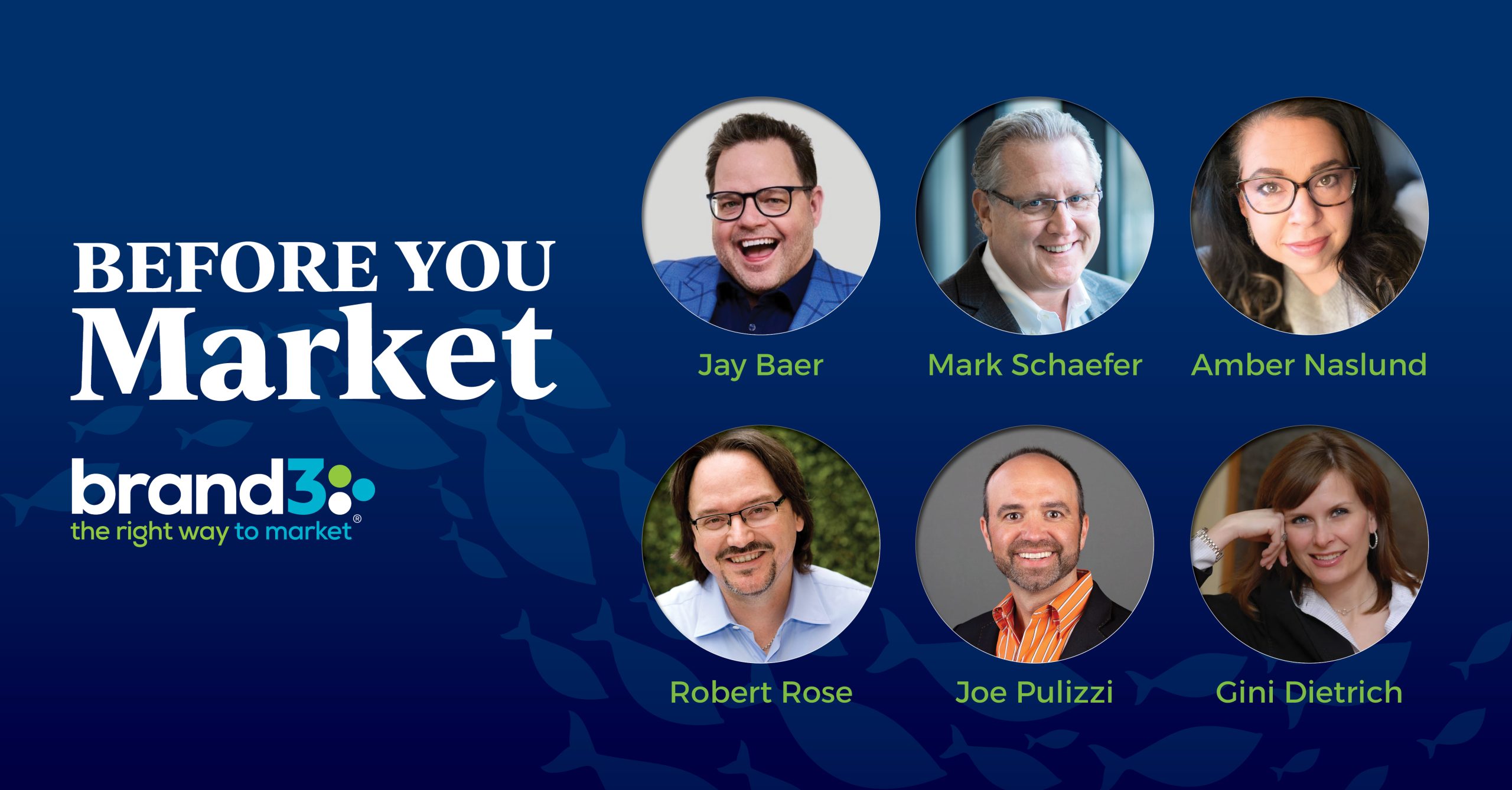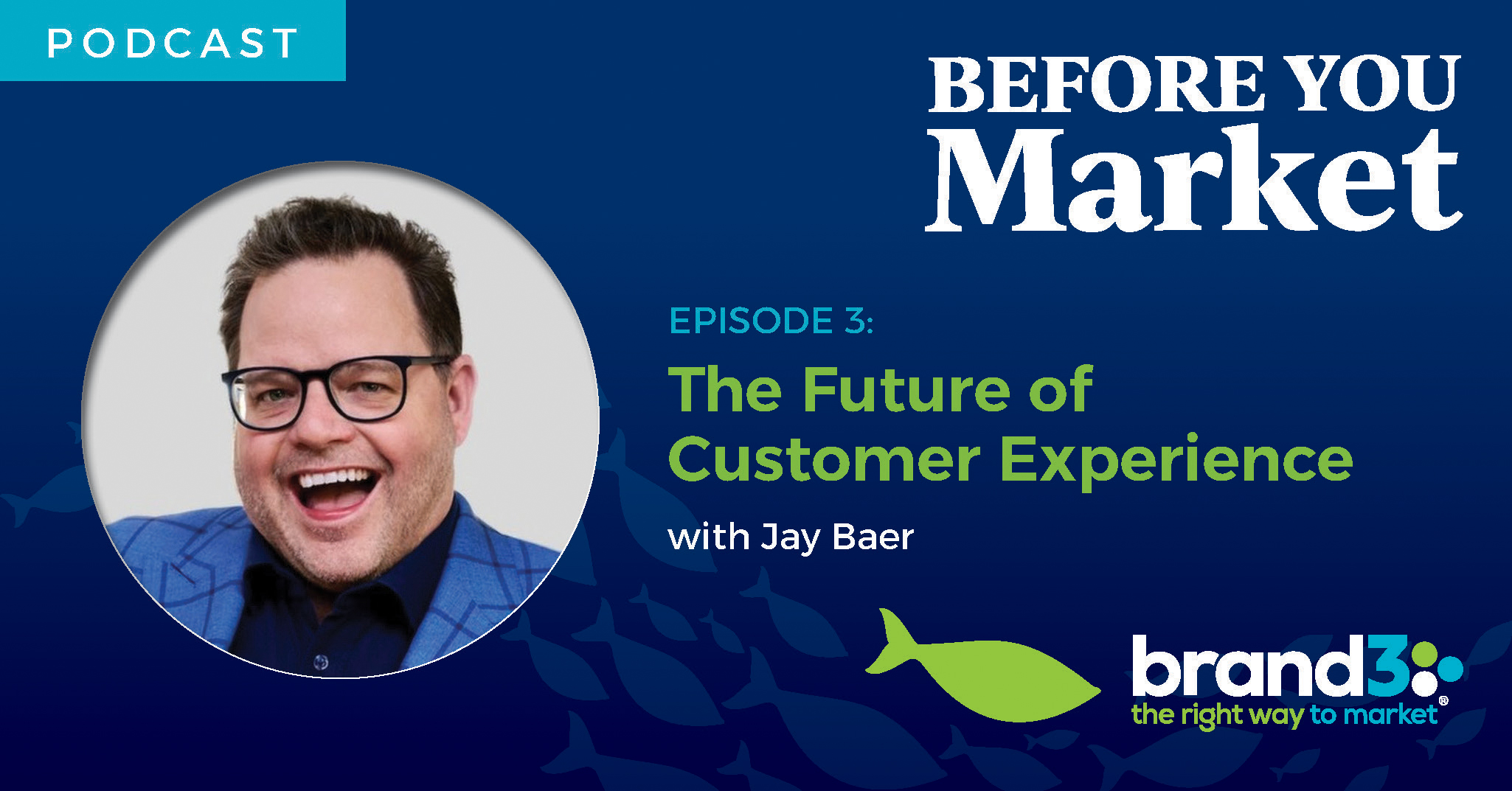
As we begin this New Year, we’re reflecting on how much marketing has actually changed in the last decade. As a branding and marketing agency, we see and experience these changes every day.
It used to be that the loudest voice was enough to get the most customers. Just think about the time when you used to hear those loud car commercials. Or when all you needed to do was to place a big Yellow Pages ad in order to get people’s attention. With enough screaming, you were able to see your bottom line improve. Providing good products and services was enough, and a reactive approach to customer service was efficient. A reactive approach means you only needed to worry about customer service when there was a problem or complaint.
Unfortunately, this old way of marketing is no longer effective, and businesses need to adapt a new approach. In order to survive and thrive in today’s market your business needs a solid strategy that involves more than one discipline to get results. It requires a synchronized strategy of three core areas: positioning your brand, creating effective marketing campaigns, and building a great workplace culture that drives an amazing customer experience.
Let’s take a look at each of these core areas.
Your brand is your customer’s perception of your company. Strategic positioning of your brand will help you define your ideal audience. It will also help you clearly communicate to that very audience how your brand is different from your competition. Because we are bombarded by marketing left and right, our attention span is quite short. Our brains will automatically tune out anything and everything that we don’t need. All of that is just noise. However, a well-positioned brand plays beautiful music to the ears of an ideal audience. When you are working on your brand’s position, be sure to be clear. Clarity is absolutely crucial, if you want to get your market’s attention.
But positioning your brand today is harder than it was 10 years ago, thanks to the internet and social media. Consumers today have instant access to a huge amount of product and service insight every day, 24 hours a day. At home or on the go, they access information on PC’s, laptops, mobile phones, and Smart watches. And while this is extremely useful for consumers, it can be a challenge for you.
 Strategic positioning of your brand will help you define your ideal audience. It will also help you clearly communicate to that very audience how your brand is different from your competition.
Strategic positioning of your brand will help you define your ideal audience. It will also help you clearly communicate to that very audience how your brand is different from your competition.Buyers today can read reviews, watch product demonstration videos, and compare prices online. This means they can realize the full value of a product or service before they buy, instead of making a purchase and only finding out after the fact the product wasn’t worth the money, or the service was actually worth more than what they paid.
So what does that mean for you? It means it’s time to think about brand authenticity. Your brand, your products and services, and your team should all reinforce that you really do practice what you preach. Don’t position your brand as something you’re not. Consumers will figure it out and roast you over the coals in internet reviews and on social media. Own what you are, and deliver brand authenticity every day, and your customers will turn to you first.
Once your brand is clearly positioned, it’s time to get consistent. The value you bring to your market must be front and center and consistently presented across all your branded marketing materials. Lack of consistency is one of the most common issues we see in small business marketing. This is the only way your market will be able to retain and recall your business. Failure to be consistent will confuse your audience, and make it hard for the customer to remember you.
By far, the biggest change in marketing over the last ten years is the advent of digital marketing. Digital marketing is any sort of marketing effort that happens online. The astronomical increase in business websites and the number of people (nearly 90%) who say they go online to research a business before making a purchase or hiring a service company make effective digital marketing crucial to your business.
You will need to determine the appropriate marketing mix for your business. Marketing avenues can include traditional and digital marketing.
You may want to A/B test some of your marketing campaigns to see what works best. Build on your successes, and change what isn’t working.
In the past, consumers had a lot less resources to help them make purchasing decisions. Today, consumers are educated. Because they heavily rely on research and reviews to decide to engage with a business, the dance to purchase is often way longer than we would like. Today’s customer visits two or more websites, reads reviews, checks out your social media, and more, before they even consider buying from you or entrusting you with their business. In most cases, it takes an average of 10 touch-points for a customer to make a purchase or hire a company.
This is why our customer experience models can no longer remain reactive. We must embrace a proactive approach that allows us to actually design the customer experience we strive to deliver.
Mapping every step of your ideal customer’s journey, from the initial contact to delivering the actual service, can help you and your team deliver on your brand promise. Providing a great customer experience results in customer retention, higher referral rates, great reviews and testimonials, and of course, business growth.
Delivering an amazing customer experience also involves creating a business culture where everyone on your team is on the same page and invested. Empower your employees to do what’s best to help the customer have a positive experience. Company-wide training can ensure that you and your employees are successful in serving every single customer.
Change doesn’t have to be hard. If your brand is going to succeed, you need to be flexible as markets and technologies change, and change with them. Perfect your brand by targeting the right customers, crafting the best message, and adding supporting visuals. Spend your marketing dollars wisely, and be sure to create the ultimate customer experience.
A full spectrum approach deploys a systematic plan to unify strategies for brand, marketing, and customer experience in order to maximize your marketing return. When you embrace this approach, you will generate loyal customers, reduce your marketing cost, achieve higher productivity, and ultimately, grow your business.


